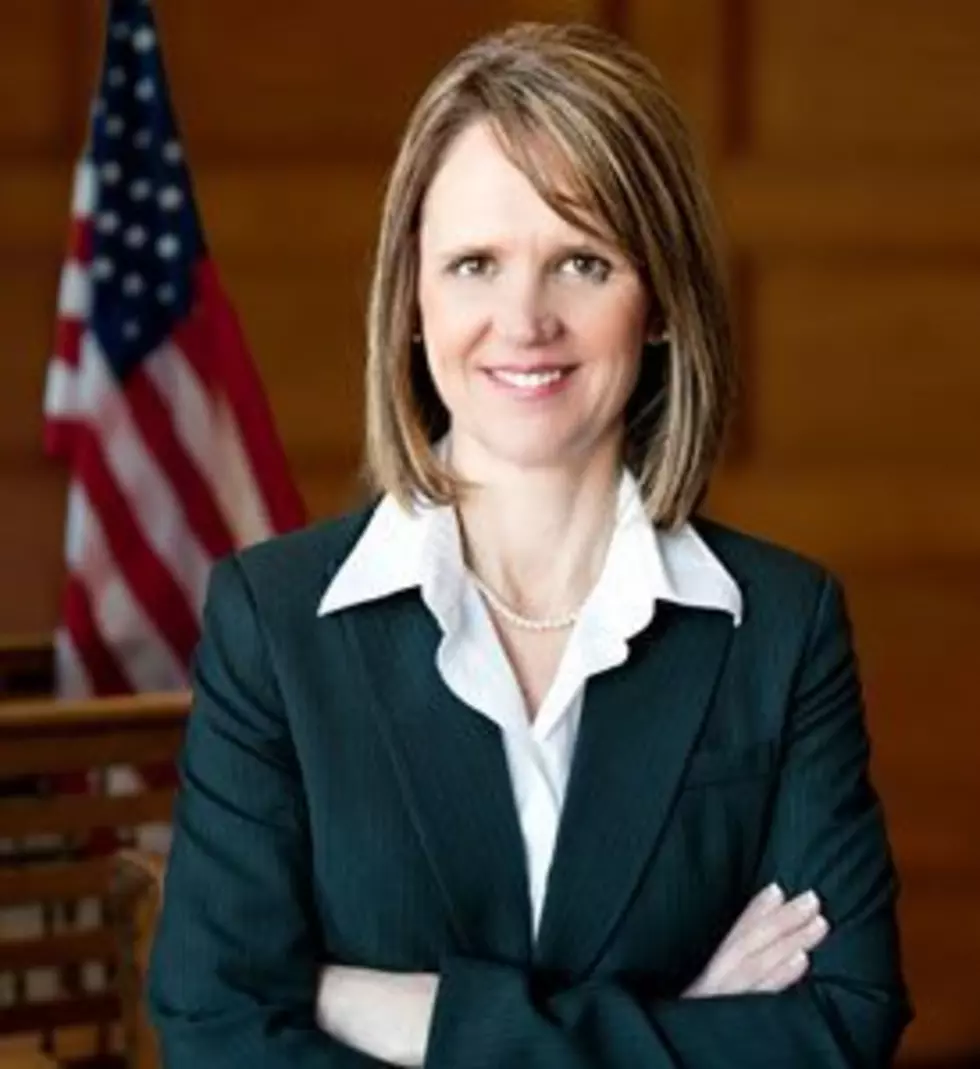
Workforce Shortage Could Cost State’s Economy in Coming Years
By Martin Kidston/MISSOULA CURRENT
State and local business leaders have detailed a path forward as Montana looks to close an impending labor shortage and help employers find the workers they need to compete in a changing economy – and to continue the state's economic growth.
The topic, “Help Wanted: Addressing Montana's Workforce Shortage,” served as the primary theme for the Missoula Chamber of Commerce and its annual State of Missoula presentation, sponsored this year by Neptune Aviation Services.
Wolf Ametsbichler, manager of the Missoula Job Service, said the city's low unemployment rate of just 3 percent makes it hard for employers to fill skilled positions. Statewide, unemployment rests at roughly 4 percent and is expected to fall to near historic lows over the next two years.
“Several years ago, during the height of the recession, we had 450 people coming through our door per day at the job service,” said Ametsbichler. “We're down to about 120 to 150 a day, so there's a dramatic drop off. It's good news for the workers, but it's tougher for the employers.”
Employers present at Tuesday's event described their own challenges in finding and keeping skilled workers. Ron Hooper, CEO of Neptune Aviation, said mechanics, pilots and administrative positions have been difficult for the growing company to fill.
Pam Bucy, commissioner of the Montana Department of Labor and Industry, said the state's fast-growing construction and health care sectors could also be hard hit moving forward.
Bucy, who addressed the audience Tuesday, boiled the future down to hard numbers: while 130,000 Montana's are expected to retire in the next decade, only 123,000 workers between the ages of 16 to 24 wait to take their place.
“No matter how you do the math, we currently don't have enough bodies to fill the jobs we currently have,” said Bucy. “This worker shortage will impact every single industry sector throughout Montana, though jobs in construction and extraction, healthcare and production will see the greater impacts because they require greater skills.”
But Bucy, like others looking for solutions, believe the challenges have presented Montana with unique opportunities. New partnerships have formed resulting in programs like RevUp Montana – a program funded by a $25 million U.S. Department of Labor grant to help train workers in advanced manufacturing and energy.
Graduates of the program find work in oil and gas, industry safety and new technologies. The success of the program helped the state compete and win a second DOL grant to streamline workforce training in the health care sector.
“It creates access to rural education by providing job training in high-growth fields such as nursing, emergency medical technicians and other health care positions,” Bucy said. “With about 1,300 new positions to be added every single year in health care, it's by far Montana's fastest growing industry in terms of jobs.”
Montana's robust economy has given the state the sixth fastest wage growth in the country, though Barb Wagner, chief economist with the Montana Department of Labor and Industry, said it still lags behind most states.
Yet Montana has managed to climb one spot to 47th on the wage chart, with the average income now at $38,874. Montana also has outperformed much of the nation in terms of job growth, adding more than 2,000 new jobs each month through much of 2015.
But if the impending workforce shortage isn't addressed, Wagner warned, it could cost the state dearly in the years ahead.
“If our labor force continues to grow the way we project it will, and our jobs continue to grow the way we project it will, we'll have extremely low unemployment rates in the future,” Wager said, placing the number as low as 1 percent.
“When you have below normal unemployment, it gets really hard for businesses to find workers,” she added. “It's great for workers, but if businesses can't find workers, they can't create a new product, and that will slow your economic growth.”
Short on recruiting new workers to move to Montana, experts believe businesses should consider local populations that suffer higher unemployment rates, such as minorities, women, veterans and the disabled.
Businesses must also compete for skilled workers, making earnings clear when placing ads, and considering new retention tools, like those discussed Tuesday by Shawn Horton, site director for Direct TV in Missoula.
Along with upstart job training programs, labor experts say the state must place greater emphasis on apprenticeship programs. Until now, they said, such efforts have been overlooked in favor of traditional classroom programs.
“We have to start thinking about training differently,” Bucy said. “We have to speak to the need, make it less expensive, and we can't take someone out of the workforce for two, four or six years to get their training. It has to be done on the job.”
